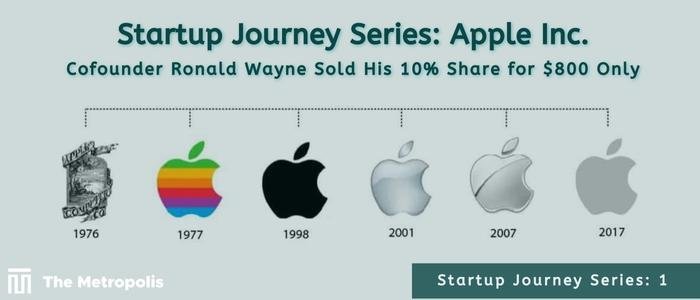Mohammad Tanvir Hossain –
The story of Apple Inc. dates back to 1976 when Steve Jobs, Steve Wozniak, and Ronald Wayne co-founded the company in Cupertino, California. At the time, Jobs and Wozniak were 21 and 26 years old, respectively. With a revenue of 365.8 billion US dollars in 2021, Apple is the greatest technology company by revenue. As of June 2022, Apple had the largest market capitalization in the world, was the fourth-largest seller of personal computers by unit sales, and was the second-largest producer of mobile phones.
Steve Wozniak and Steve Jobs first crossed paths in 1971, when Wozniak was a college freshman and Jobs was still in high school. Their mutual acquaintance Bill Fernandez introduced them. Fernandez and Wozniak were close friends in high school, and the two of them even built the “Cream Soda Computer” together.
Wozniak continued to the University of California, Berkeley while Jobs attended Reed College in Oregon for just one semester after graduating from high school. They kept in touch, though, and both continued to be fascinated by the world of electronics and computers. Later their relationship got cemented when Jobs worked for the summer at Hewlett-Packard (HP), where Wozniak, too, was employed, working on a mainframe computer.

Wozniak’s technical aptitude and capacity to construct anything out of electronics drew Jobs in. Jobs’ vision and marketing prowess thrilled Wozniak, and he was confident that the two of them could create something truly exceptional.
Their first project was the creation of “blue boxes”, which were illegal devices that allowed users to make long-distance phone calls for free. Sales of the blue boxes were handled by Jobs, who was able to split the profit with Wozniak after selling 200 of them for 150 US dollars each. The two men gained the expertise and experience from this endeavor that they used to develop the Apple I.
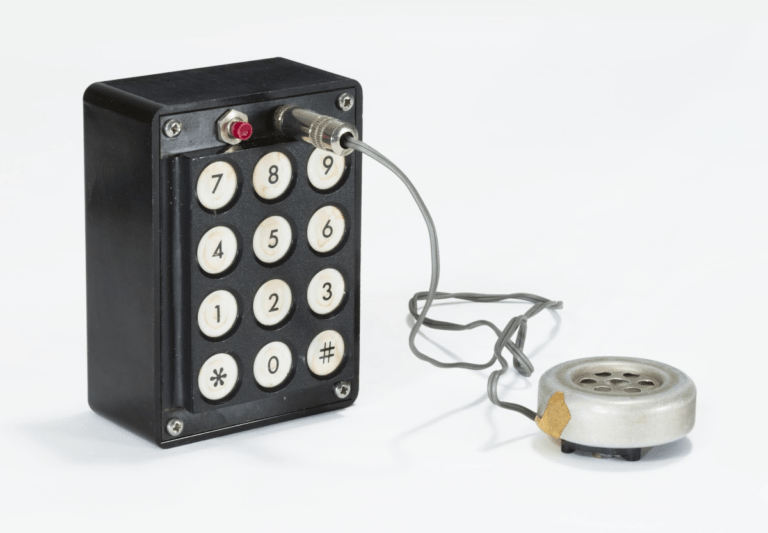
In the 1970s, computers were large and expensive, and they were used primarily by large corporations and government organizations. Jobs and Wozniak saw an opportunity to change this by making computers smaller, more affordable, and accessible to everyone.
Jobs and Wozniak started working together in Jobs’ garage. In 1976, Wozniak completed an 8-bit desktop computer known as “Apple I”. Then he spent months refining the design and developing the software that would run on the computer. Jobs saw the potential and he convinced Wozniak to start a company with him to sell the computers.
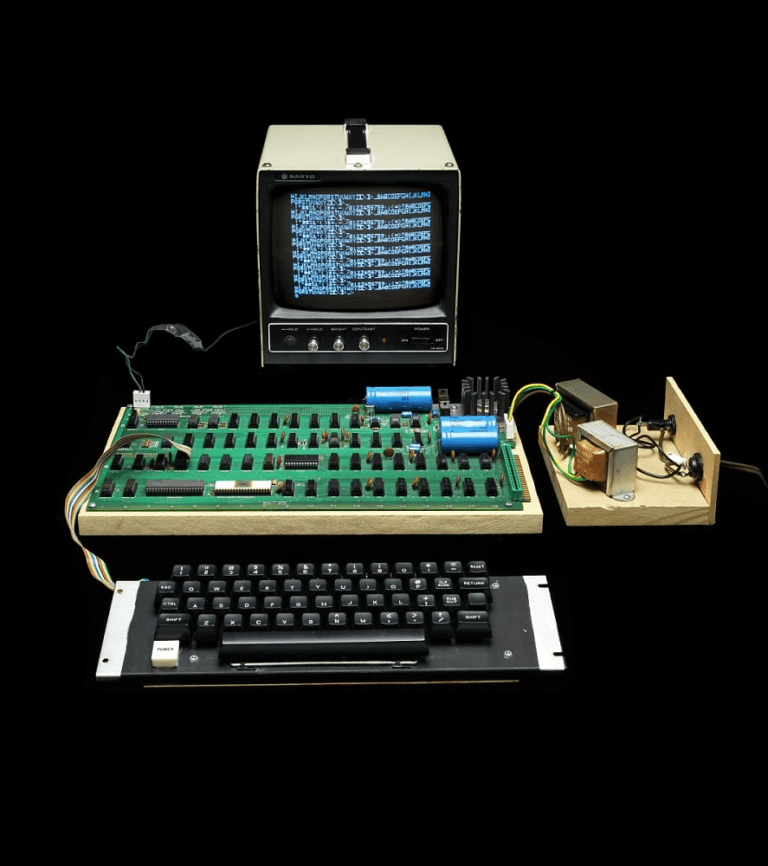
The “Apple I” was Apple’s first-ever product. Wozniak raised 500 US dollars by selling his HP-65 calculator and Jobs made a few hundred dollars by selling his secondhand Volkswagen Microbus to finance its development.
Jobs and Wozniak quickly realized that they needed a third person to help with the business side of things, so they brought in Ronald Wayne, an engineer who had worked at Atari and had experience with starting businesses. Wayne helped draw up the company’s first contract, and he was given 10 percent of the company’s stock.
After only 12 days, Wayne began to worry about the company’s future and decided to return his ownership stake to Jobs and Wozniak for 800 US dollars only. Later, he admitted that he made a mistake and was not cut out for the risks and uncertainties of a startup. Jobs and Wozniak bought his shares, making them the sole owners of the company.

Jobs and Wozniak persisted with Apple Computer, releasing the Apple I in 1976, which was an instant success. They continued to create new products and push the limits of technology throughout the 1970s and 1980s. “Apple II” was one of the first computers made for the home market which was unveiled in 1977. It became one of the most popular personal computers of its time and established Apple as a major player in the computer industry.

During this period, Apple raised capital through two rounds of venture capital funding. The first round, known as Series A, was raised in 1976 and provided the company with 1 million US dollars in funding. The second round, Series B, was raised in 1977 and provided the company with an additional 2.5 million US dollars in funding.
Apple’s first major fundraising round was its IPO (Initial Public Offering) in 1980. The company went public with a 22 million US dollars initial stock offering. At the time of the IPO, Apple’s market capitalization was 1.778 billion US dollars, making it one of the largest IPOs in US history. The IPO was a huge success, and the company’s stock price jumped from 22 US dollars per share to 29 US dollars per share on the first day of trading.
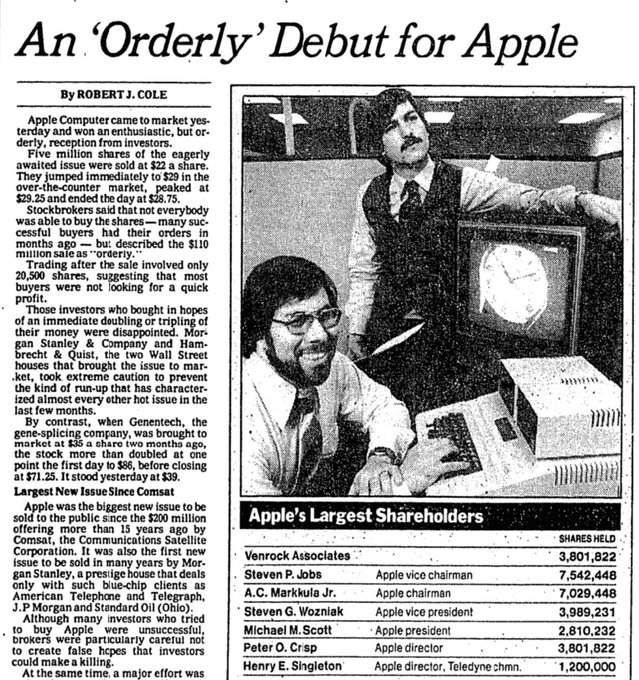
Apple II was followed by the “Apple III” in 1980, which was designed for business users. The 1980s saw Apple develop new products and broaden its product line. The Macintosh, the first computer to have a graphical user interface, was released by the company in 1984. Consumers responded favorably to the Macintosh, which quickly gained popularity among both home and corporate customers. Apple also ventured into new industries like publishing, entertainment, and education.
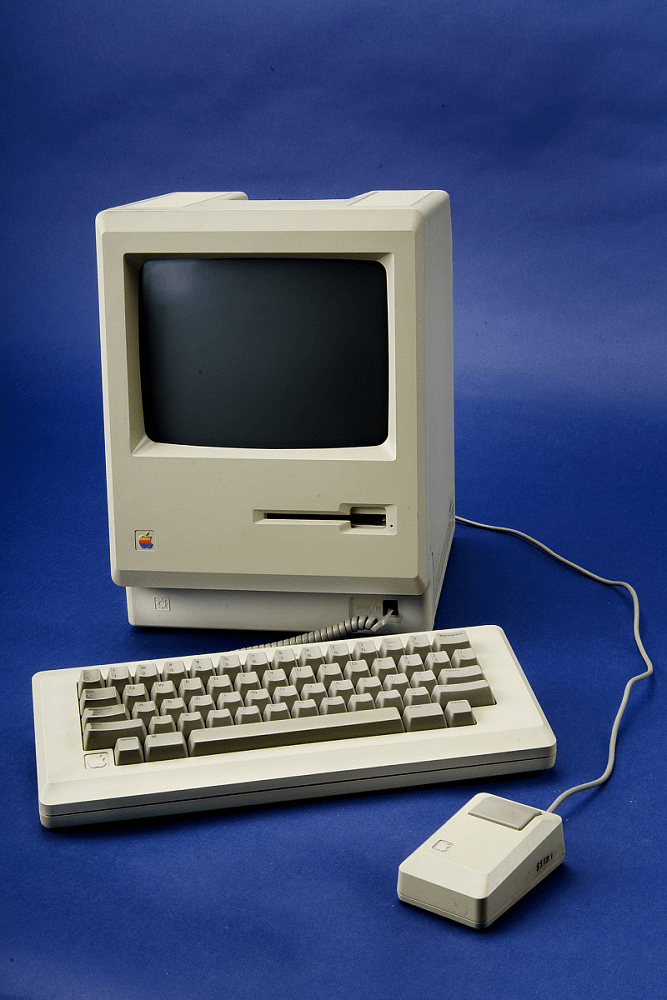
Apple’s this success was short-lived. The business experienced fierce competition from other technology companies, and its market share started to fall. In addition, the company was struggling with internal management issues and was on the brink of bankruptcy. Meanwhile, Apple brought in John Sculley, former CEO of PepsiCo, as its CEO in 1983.
Under Sculley’s leadership, Apple launched several successful products, including the Macintosh computer and the Apple Lisa. However, tensions between Jobs and Sculley eventually came to a head, and in 1985, Jobs left Apple to focus on his new company, NeXT Inc., a computer company that focused on advanced technology for the education market. Wozniak remained with Apple and continued to develop new products.
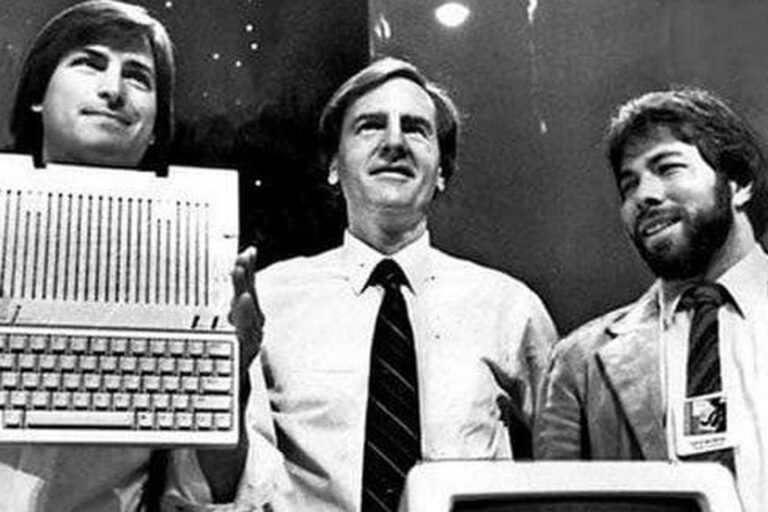
Jobs and Wozniak remained close friends and coworkers throughout their careers despite their separation. Their names have come to stand for innovation and inventiveness in the realm of technology since they both continued to make significant contributions to it.
In the late 1980s and early 1990s, Apple’s fortunes continued to decline. The company’s products were viewed as being expensive and challenging to use, and it was losing market share to less expensive IBM-compatible computers. Apple hit rock bottom in 1997 when the company was on the verge of bankruptcy. A change was desperately needed then.
That change came in the form of Steve Jobs, who returned to Apple in 1997 after Apple purchased his company, NeXT. Jobs was appointed the company’s interim CEO and immediately got to work changing its course.
Jobs’ first action was to streamline Apple’s product portfolio and concentrate on the aesthetics and usability of its goods. He also hired a fresh group of executives and engineers that assisted him in redesigning Apple’s product line and promotional tactics.

Jobs recognized that the future of technology was in mobile devices and began to refocus the company’s efforts in that direction. In 2001, he introduced the first iPod, a portable digital music player that revolutionized how people listen to music. Apple released the iPhone in 2007 as a direct sequel to the iPod, which became a huge success.
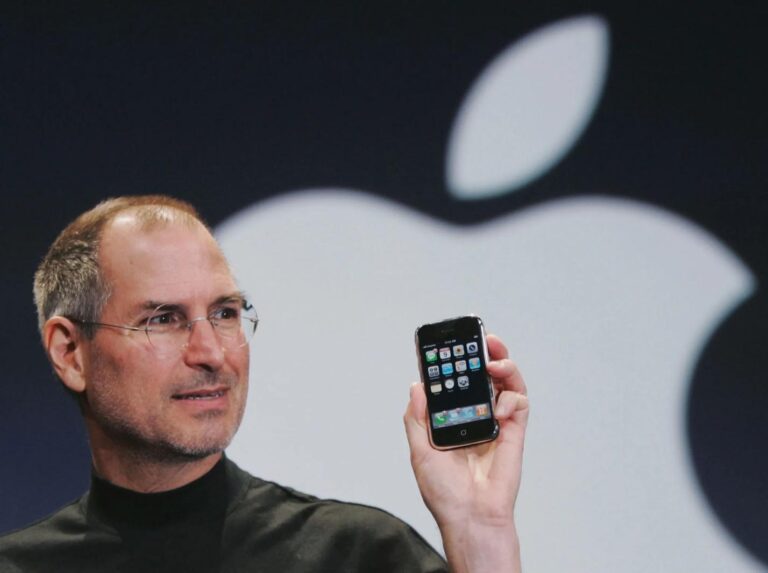
Apple’s game-changing iPhone immediately established itself as the brand’s flagship item. The iPhone was a multipurpose gadget with elements of an iPod, a computer, and a smartphone. Apple quickly grew its fan base and became the world’s top smartphone producer. In 2010, the business also introduced the iPad, a tablet computer that provided a fresh computing experience.
Jobs had a significant influence on Apple and remained the company’s CEO until his passing in 2011. Since his passing, Apple has remained one of the most creative and prosperous businesses in the world. With a market valuation of more than $2 trillion, the corporation is currently among the biggest and most valuable businesses in the world.
In 2012, Apple announced a stock repurchase program, under which it would buy back its shares. This program was aimed at boosting the company’s stock price and increasing shareholder value. Over the next several years, Apple repurchased billions of dollars’ worth of its shares.
In 2013, Apple issued its first-ever bond offering, raising 17 billion US dollars in debt capital. This bond offering was aimed at financing the company’s stock repurchase program and paying dividends to shareholders. Over the next several years, Apple continued to issue bonds, raising billions of dollars in additional debt capital.
In 2014, Apple announced a 7-for-1 stock split, under which its stock price was divided by seven. This split was aimed at making the company’s stock more accessible to individual investors and boosting its liquidity.
In recent years, Apple has continued to innovate and expand its product line. The company unveiled the HomePod, a smart speaker that works with Apple’s other products, as well as the Apple Watch, a wearable device that tracks health and fitness. Apple has also introduced additional ways for users to enjoy their content, including Apple Music, Apple TV+, and Apple Arcade.

Apple Inc. has had a significant impact on the modern world. Its products, such as the iPhone, iPad, and Mac computers, have changed the way people communicate, access information, and use technology in their daily lives. The company’s innovative design and marketing strategies have also set a new standard for the technology industry and have made it one of the most valuable companies in the world. Apple’s influence in the modern world has been far-reaching and transformative.



